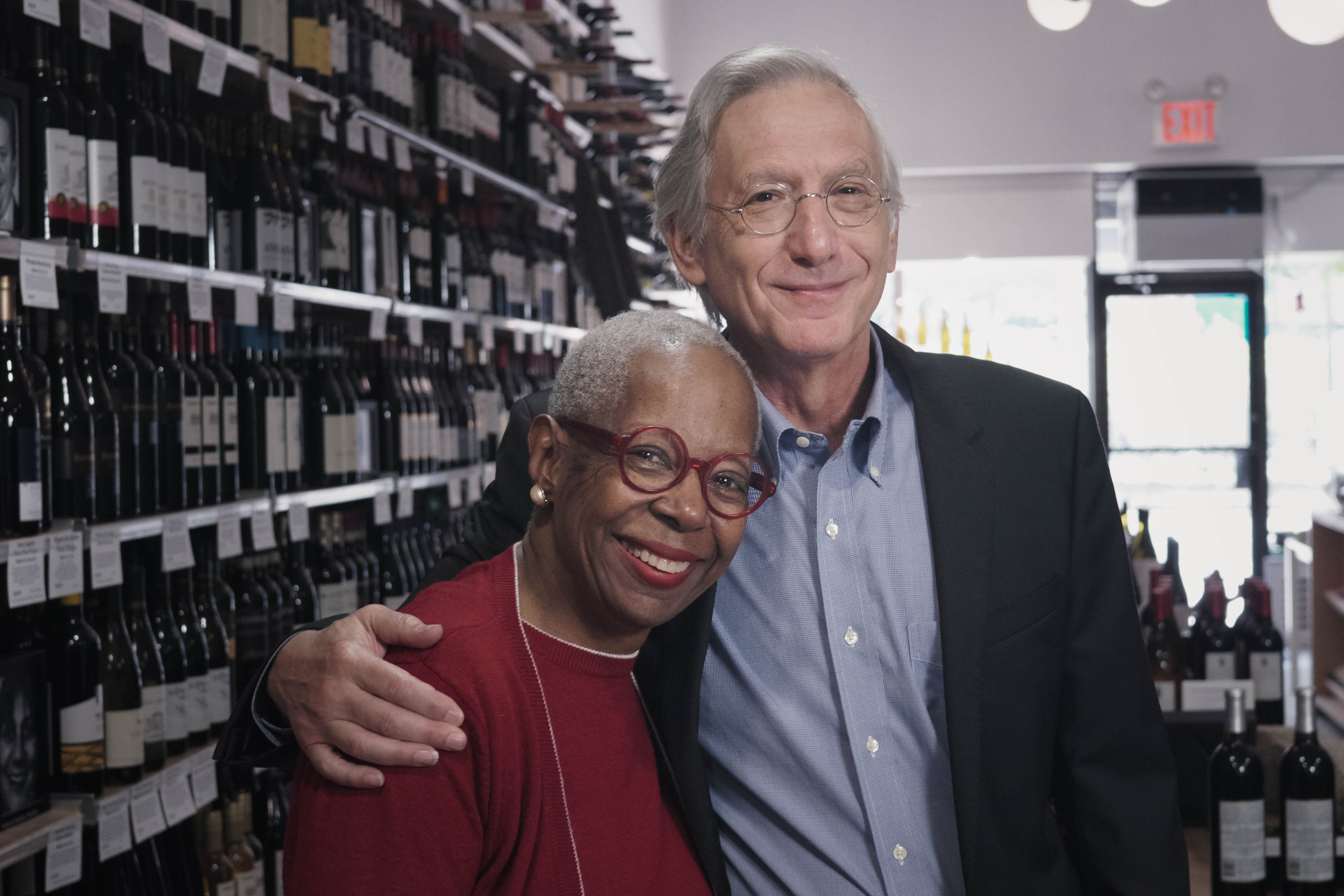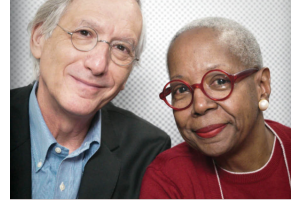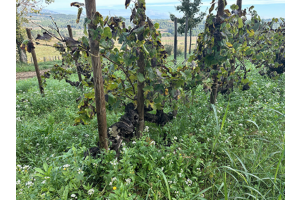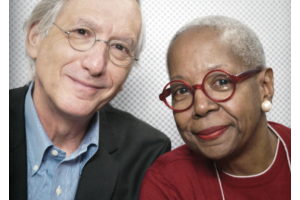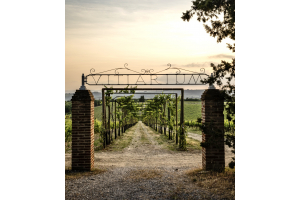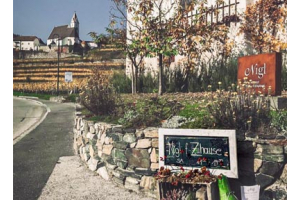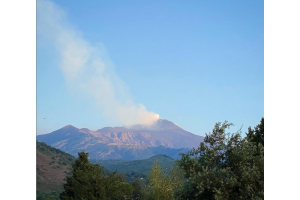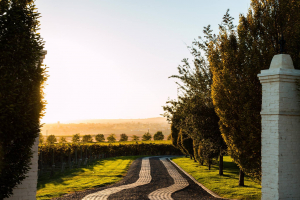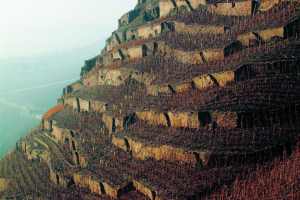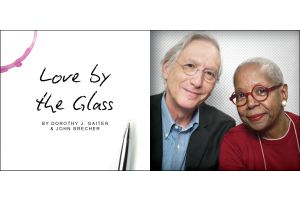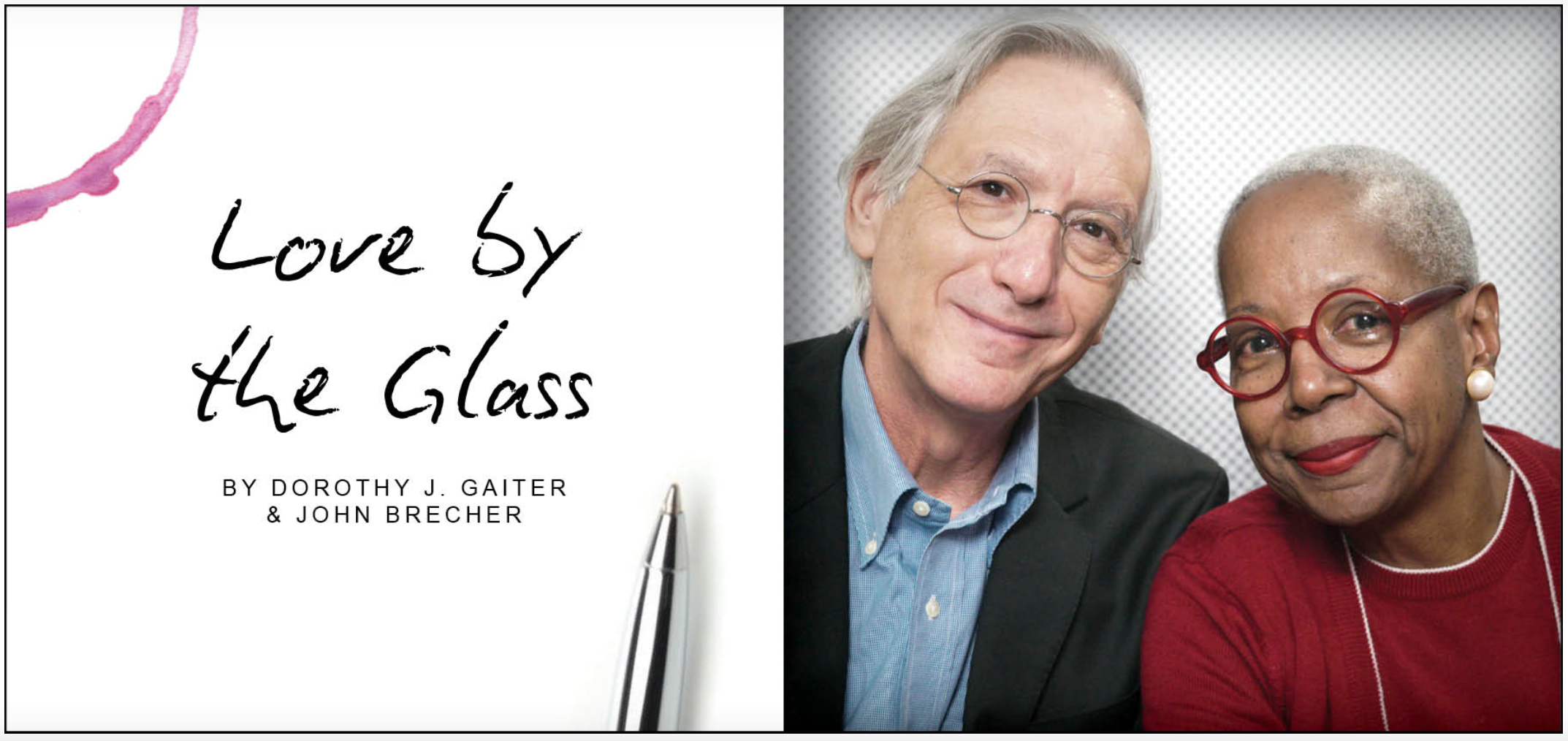
Even those of us who love Riesling tend to associate it with Germany. But there is a hearty band of winemakers in many parts of the world who believe in this grape despite market resistance. They make outstanding examples – even truly dry Riesling, which is so special but can be hard to find.
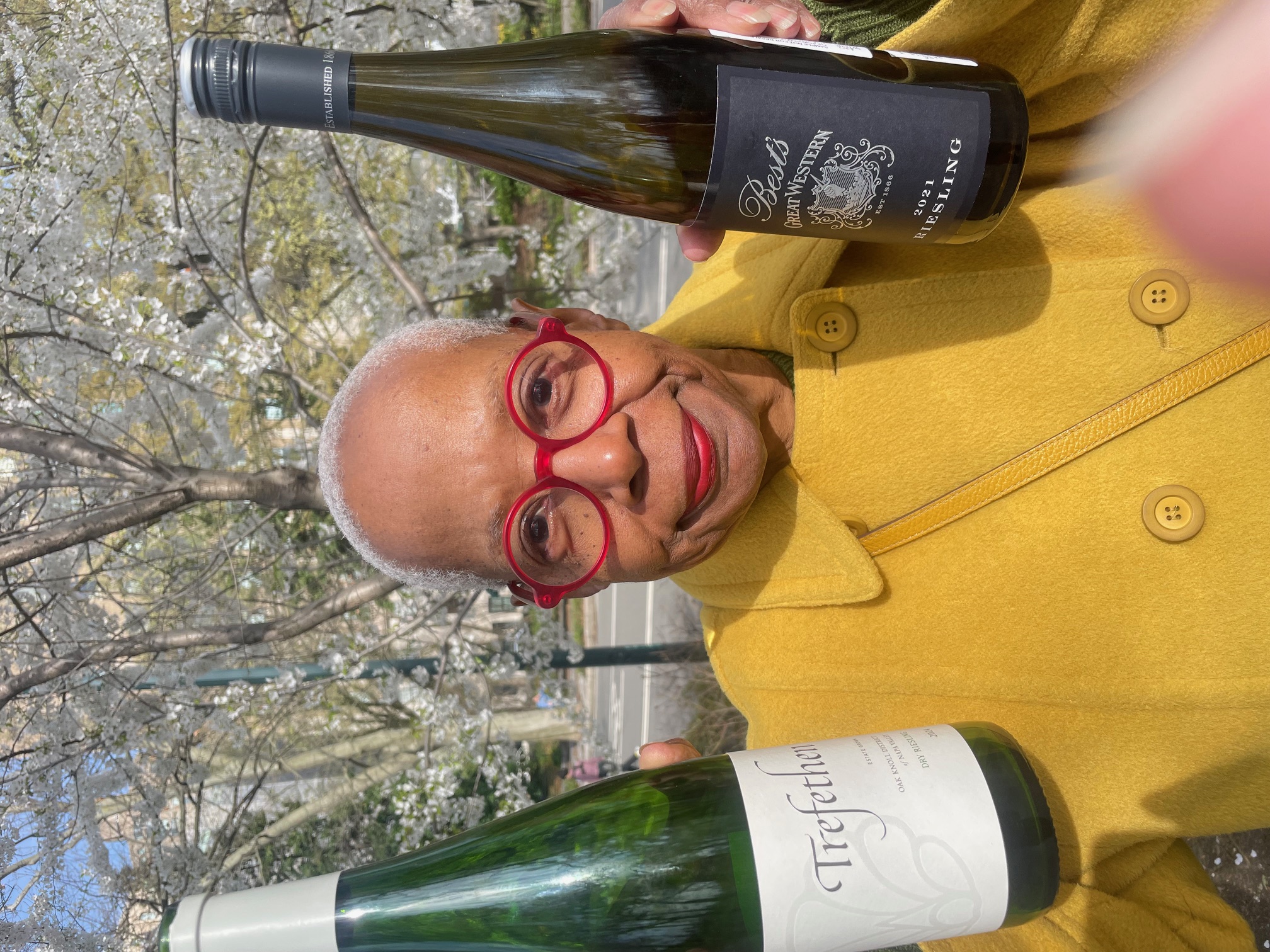 We were reminded of this recently when we tasted about a month apart two dry Rieslings made by wineries in very different parts of the world. The first was from an old favorite, Trefethen Family Vineyards in Napa, where a few true believers, like Smith-Madrone, still support Riesling. The Trefethen Dry Riesling always hits just the right notes of thoughtfulness, authenticity and drinkability, with green apple, peach, a dash of white pepper and a zesty lime mouthfeel that vanishes into a whisper on the finish. It’s elegant, classy and great with a wide variety of dishes. We most recently tried the 2024, which will be released this summer.
We were reminded of this recently when we tasted about a month apart two dry Rieslings made by wineries in very different parts of the world. The first was from an old favorite, Trefethen Family Vineyards in Napa, where a few true believers, like Smith-Madrone, still support Riesling. The Trefethen Dry Riesling always hits just the right notes of thoughtfulness, authenticity and drinkability, with green apple, peach, a dash of white pepper and a zesty lime mouthfeel that vanishes into a whisper on the finish. It’s elegant, classy and great with a wide variety of dishes. We most recently tried the 2024, which will be released this summer.
(Dottie with Rieslings)
Then we opened Best’s Wines Great Western dry Riesling 2021 from the Great Western region of Victoria in Australia, which turned out to be equally outstanding but different: very focused and pure, with crisp and slightly peppery tastes that left a long, refreshing finish. John said the brightness and salinity made him think he was standing on the beach on a sunny day. Dottie got some grippy lime pith and peaches. Henry Best founded the winery in 1866 and the Thomson family bought it in 1920.
One of the great things about Riesling is that it’s affordable because it’s not very popular. The Trefethen is $35 and the Best’s is $23.99 (both were sent by the wineries, though we then bought more of the Best’s online). Another good thing is that fine Riesling is delicious young and also ages beautifully and it tends to have lower alcohol, too: 11.7% for the Trefethen and 11% for the Best’s.
There’s not enough good Riesling in the world – and especially dry Riesling, though well-made Riesling at any sweetness level can be gorgeous. Since these two family-owned wineries are at different points on the globe, we thought it would be fun to contact them and ask the same questions by email. So we reached out to Nicole Thomson, who is Best’s direct to consumer manager and wine club manager and wife of fifth-generation general manager Ben Thomson, and Hailey Trefethen, who is the third-generation vintner/owner with her brother, Lorenzo. The Trefenthens are founding members of the International Riesling Foundation.
Their responses have been edited.
Grape Collective: How many cases of this Riesling did you make in this vintage?
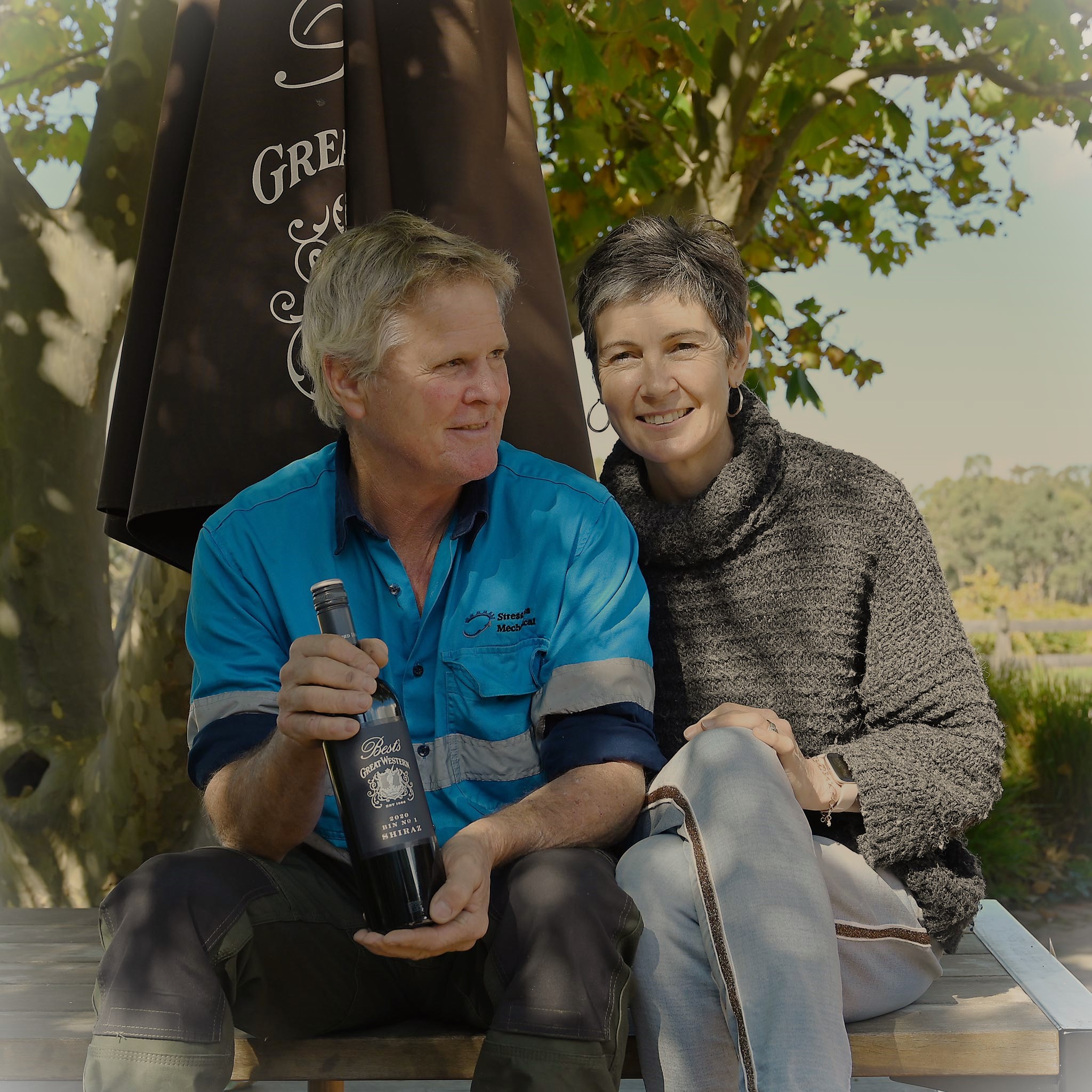 Thomson: We make between 2,500 to 3,000 cases of our Great Western Riesling. The 2024 vintage was about 4,000 and the 2025 vintage will be about 7,000.
Thomson: We make between 2,500 to 3,000 cases of our Great Western Riesling. The 2024 vintage was about 4,000 and the 2025 vintage will be about 7,000.
(Ben and Nicole Thomson of Best's Wines)
Trefethen: Our production varies from year to year since we’re an estate winery. We typically produce around 4,000 cases of Dry Riesling annually. We have two vineyard blocks dedicated to it—one planted in 1997 and the other in 2008. The diversity in vine age, trellis systems, sun exposure and pick dates add wonderful complexity to the wine.
GC: How long have you made Riesling?
Thomson: We have been making Riesling (Hock) since the 60’s. We made Rhine Riesling and Riesling, which were all made in large aged oak barrels. Now everything is done in stainless steel apart from our Foudre Ferment Riesling, which is placed in 2 x 2,500-litre oak vats. One is French the other is Austrian.
Trefethen: Our first commercial vintage was in 1973, with Chardonnay and Pinot Noir. In 1974, we added Dry Riesling and Cabernet Sauvignon. We’ve always made our Riesling in a dry style—and it ages beautifully.
Grape Collective: As you know, Riesling has had its ups and downs with American consumers over the years. Where would you say we stand now?
Thomson: We are seeing our Rieslings grow in the states -- not sure why that is. Perhaps it is a trend, like in Australia. Rieslings in the old days were looked at as a lower-end wine. These days we think it is a more prestigious varietal.
Trefethen: Riesling is still beloved in the wine and restaurant worlds—we often find it can be a gateway wine in certain restaurant accounts. That said, we’re still in “education mode” with the general public. Many people aren’t sure what to expect from Riesling and often assume it will be sweet. But once they taste ours, they’re hooked. Our family is deeply committed to this wine and to sharing its potential with more consumers.
Grape Collective: What is the secret to making a good dry Riesling? And what does that taste like to you?
Thomson: In my opinion, making a good Dry Riesling is all about balance. The three main components of Riesling are sugar, acid and phenolics. Acid and phenolics help with the perception of dryness. You can still have some residual sugar but when it’s balanced with a strong acid line and chewy phenolics it makes the wine come across dry. Ripeness is the next thing – picking earlier when the fruit spectrum is citrus or fruit trees (apple/pear). As Riesling develops, it turns from citrus to tropical. Once in the tropical spectrum Riesling can be seen as sweeter. Picking on the earlier side also maintains more natural acidity, which aids in balance. So, in short: Balance and ripeness come into play when producing dry-style Rieslings -- also the mantra for many high-end wines around the world.
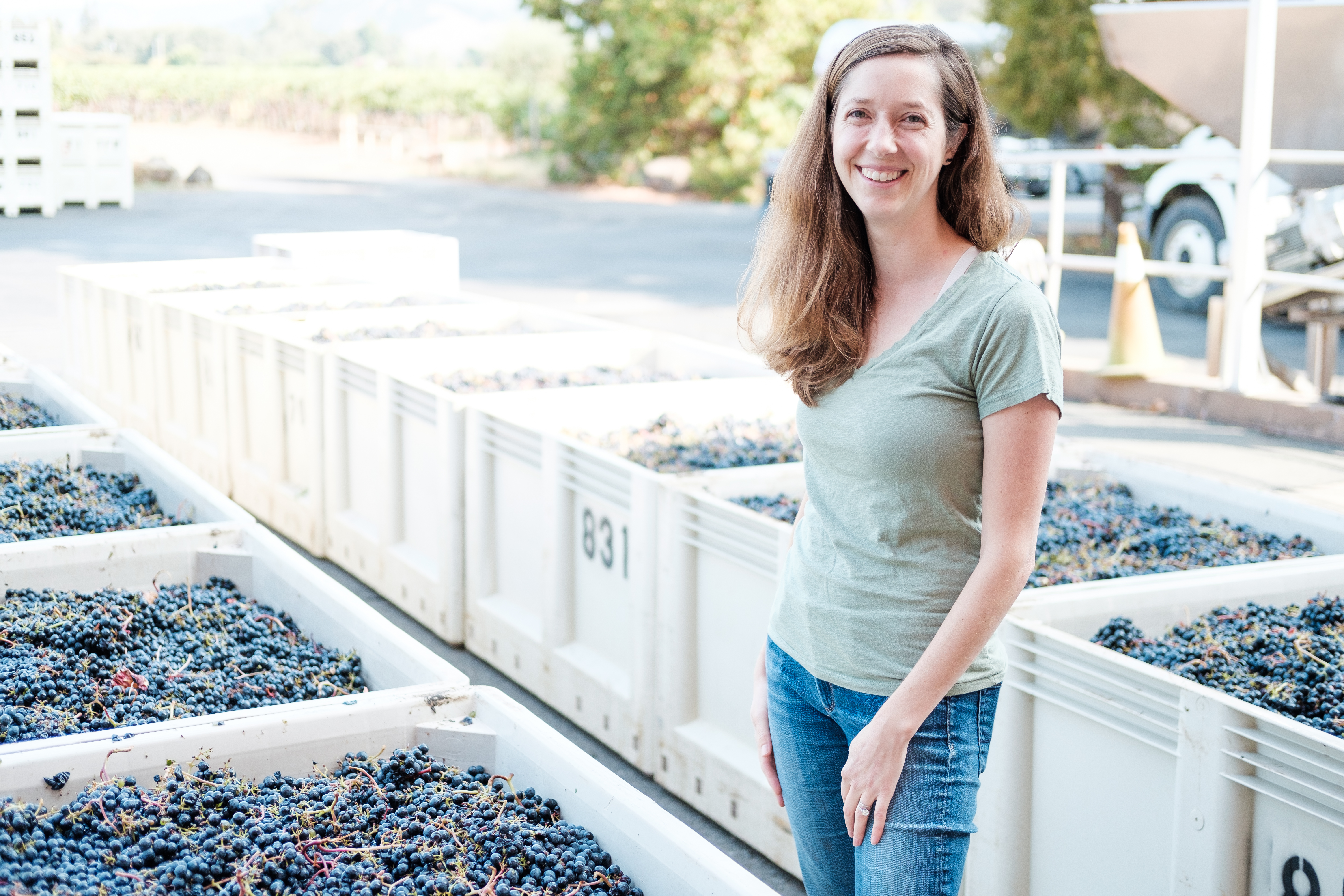 Trefethen: The key is letting the vineyard shine. Riesling is an incredible grape with so much inherent character—you don’t need to do much beyond careful farming and a slow, cold fermentation to capture its delicate aromas. I don’t always have all the tasting descriptors, but having experienced every vintage, there’s a moment during blending when I think, that’s it—that’s what Trefethen tastes like. We’re incredibly fortunate to have the institutional knowledge of our farming team and Winemaker Bryan Kays. They understand what our vineyard can deliver in each vintage and how to bring that vision to life.
Trefethen: The key is letting the vineyard shine. Riesling is an incredible grape with so much inherent character—you don’t need to do much beyond careful farming and a slow, cold fermentation to capture its delicate aromas. I don’t always have all the tasting descriptors, but having experienced every vintage, there’s a moment during blending when I think, that’s it—that’s what Trefethen tastes like. We’re incredibly fortunate to have the institutional knowledge of our farming team and Winemaker Bryan Kays. They understand what our vineyard can deliver in each vintage and how to bring that vision to life.
(Hailey Trefethen)
Grape Collective: While we enjoyed this right away, we can imagine it would age beautifully for a very long time. What is the oldest you have had of yours and when did you have it? And, of course, how was it?
Thomson: The oldest Riesling we have had was a 1962, a very lucky find underground behind some old vats. This was a few years ago, and all I remember is that we did not tip it out! The other vintage we do remember was our 1972 -- this was amazing, once the musty smell blew off. Typical golden colour with no brown tinge, and it opened up beautifully. I remember dried apricots.
Trefethen: I’m incredibly lucky to have tasted every vintage of our Riesling. My parents always prioritized our library program—not just for re-release, but for internal education as well. The 1974 and 1975 vintages are two of my favorites. My dad, John, made the ’74—it has that signature petrol character and more evolved, sherry-like notes, alongside honeyed apple and a bright citrus lift. The ’75 has a whisper of tropical pineapple, a textured mouthfeel, and a subtle spicy finish.
Grape Collective: Finally, when you close your eyes and imagine the perfect food pairing with this Riesling, what would it be?
Thomson: Ben would answer nothing, just on its own. I would always think of seafood. However, the 2021 is a lot further developed so I would like to try this vintage with some chicken and mushroom risotto. Ben and I are very simple eaters unless we go out and someone cooks for us. We did have our Riesling with chicken and leek terrine a couple of nights ago. That was fabulous.
Trefethen: For me, Dungeness crab is a standout with this wine. What I love most about Riesling is its versatility—the brightness lets you go in so many directions. It can stand up to a little spice and pairs beautifully with Asian cuisine, or you can lean into its citrus character and pair it with something creamy and lemony. The pairing options are endless and allow for so much creativity.
Dorothy J. Gaiter and John Brecher conceived and wrote The Wall Street Journal's wine column, "Tastings," from 1998 to 2010. Dorothy and John have been tasting and studying wine since 1973. In 2020, the University of California at Davis added their papers to the Warren Winiarski Wine Writers Collection in its library, which also includes the work of Hugh Johnson and Jancis Robinson. Dottie has had a distinguished career in journalism as a reporter, editor, columnist and editorial writer at The Miami Herald, The New York Times, and at The Journal. John was Page One Editor of The Journal, City Editor of The Miami Herald and a senior editor at Bloomberg News. They are well-known from their books and many television appearances, especially on Martha Stewart's show, and as the creators of the annual, international "Open That Bottle Night" celebration of wine and friendship. The first bottle they shared was André Cold Duck. They have two daughters.
